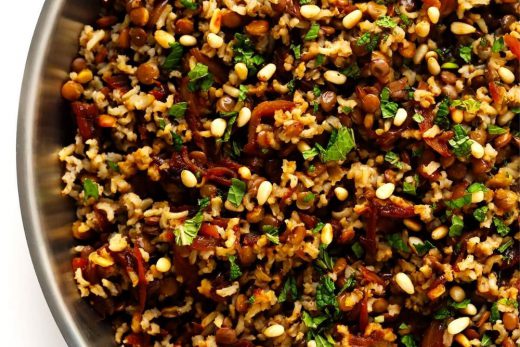But Post beat Kellogg to the wider market with his ready-to-eat Grape Nuts, developed in 1897. On this box (apparently made in the US but marketed to an English audience), Post claimed that consumers would get more “nourishment from 1 pound of Grape Nuts than from 10 lbs of MEAT, WHEAT, OATS OR BREAD.” Another advertisement from 1903 promised that Grape Nuts were the key to kicking your liquor habit. These claims were largely accepted since, unlike other more straightforward cereals, no one knew what the hell a Grape Nut was. “Grape Nuts was people eating advertising,” Carin Gendell, senior brand manager in the 1980s, told The Wall Street Journal.
By 1906, Will Kellogg had pried the rights to both Corn Flakes and the Kellogg name from his brother, following a dispute over ingredients—namely, Will’s desire to add sugar to their original recipe. The first boxes of Kellogg’s Corn Flakes were surprisingly simple, and their campaign focused on flavor (honestly, not all that much has changed in the last 100 years). They promised flakes “deliciously flavored with sugar, malt and salt,” and so “delicious, and distinctive in flavor” that children would beg for it. But there were no screeds about health benefits, perhaps because Kellogg didn’t need to advertise; at that point, their nutritionally-minded reputation preceded them. Kellogg also focused on ensuring customers bought the “genuine” product, as numerous competitors with their own corn flake cereals began to crop up.





